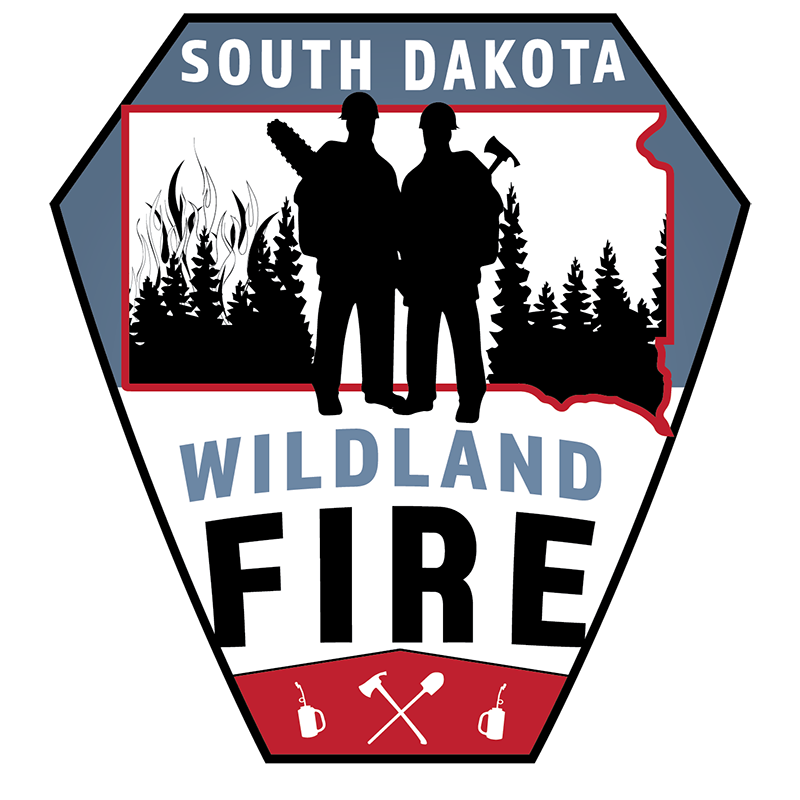
Firefighter Briefing
Intelligence
National Incident Management Situation Report
- The National Incident Management Situation Report is compiled daily (weekly during the off season) by the National Interagency Fire Coordination Center (NIFC) in Boise, Idaho. The "Sit Report" as it is often called, provides the name, rough location, and approximate size, growth, and resource commitments on the active large fires in each of the 10 geographic coordination regions of the country.
GPC Morning Report
- Similar to the National Sit Report, the GPC Morning report is compiled daily and provides information on active fires and resource allocation throughout the Great Plains Dispatch zone.
Weather
Fire Weather
- The daily fire weather report is put together each morning during the fire season by the National Weather Service office in Rapid City, SD. The report includes specific forecasting data relevant to wildland fires. The forecast includes information on cloud cover, temperature and humidity highs and lows, wind speed and direction, potential for lighting and atmospheric stability.
Spot Weather
- Spot weather forecasts are similar to the fire weather forecasts in the kind of information they contain. However, spot forecasts are provided for a very specific location and are used to provide a more accurate, detailed picture of the weather forecast for the area in and around a fire. Fire management personnel can request spot weather forecasts through this link.
Black Hills Fire Danger
- The Black Hills Fire Danger is a daily estimation of the burning conditions based on daily weather observations and forecasts along with fuel moisture conditions throughout the Black Hills Fire Protection District. The rating is provided on a worded scale of; LOW, MODERATE, HIGH, VERY HIGH or EXTREME
South Dakota Prairie Fire Danger
- Like the Black Hills Fire Danger, the Prairie Fire Danger is an estimation of burning conditions based on weather forecasts and fuel data, but covers the areas of South Dakota outside of the Black Hills Fire protection district.
South Dakota State Fire Meteorologist Webpage
- Darren Clabo is an instructor with the Institute of Atmospheric Sciences at the South Dakota School of Mines and Technology in Rapid City, SD and also serves as South Dakota's State Fire Meteorologist. Mr. Clabo's webpage provides a daily weather briefing, weekly outlook and short and long range forecasting information as it relates to wildland fire.
Fuels
Daily Observations
- Observed
- The Daily Observed Observations provide detailed actual observation data on fuel moisture levels recorded at the 8 Remote Area Weather Stations (RAWS) located throughout the Black Hills Fire Protection District (available only during fire season). Each RAWS station records the data at a specific time during the afternoon. The data provided helps fire managers paint a detailed picture of fuel conditions and potential burning behavior for the following 24 hours.
- Forecasted
- The Daily Forecasted Observations combines the observed data from the prior afternoon along with the daily forecast for the area to estimate fuel conditions and burning behavior for the day ahead.
Energy Release Component (ERC) Charts
- ERC charts provide a graphical representation of the current fuel moisture characteristics and trends, relative to historical data over a given time period for each RAWS station within the Black Hills Protection District. Using the charts, good characterizations of local seasonal fire danger trends can be made when comparing the current and trending data to the historical data. The data is relative to the very different conditions at each RAWS location, so comparisons must be made with the historical data at THAT location.
Pocket Cards
- Pocket cards provide the historical ERC data for one RAWS location. The graph on each card will show the high values, average values, 90th percentile estimation and a relative fire danger interpretation scale. Pocket Cards will also provide local trends or conditions to watch out for and an historical event of significance.
Safety
6 Minutes for Safety
- Each day the Wildland Fire Lessons Learned Center provides a topic and discussion points to consider related to firefighter safety and known high risk situations encountered on the fire line.
SAFENET
- SAFENET is a method for prompt reporting and timely solution of safety and health concerns encountered in wildland fire or other related work environments. SAFENET provides an avenue for such concerns to be voiced and resolved and can be done anonymously if the reporting party chooses.




